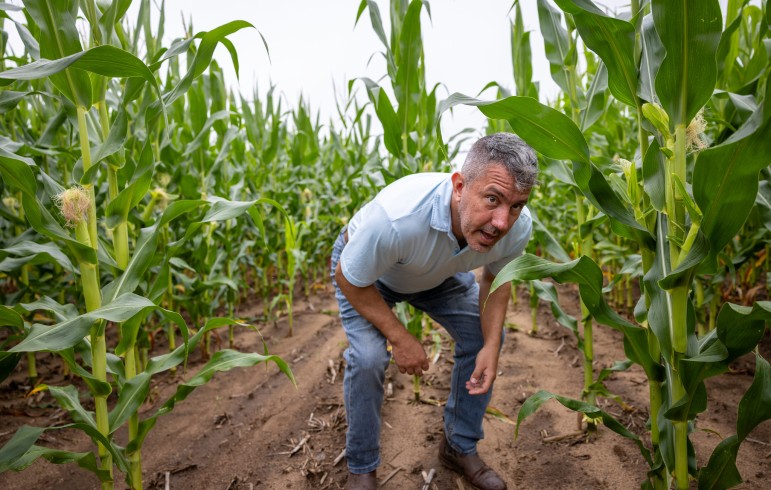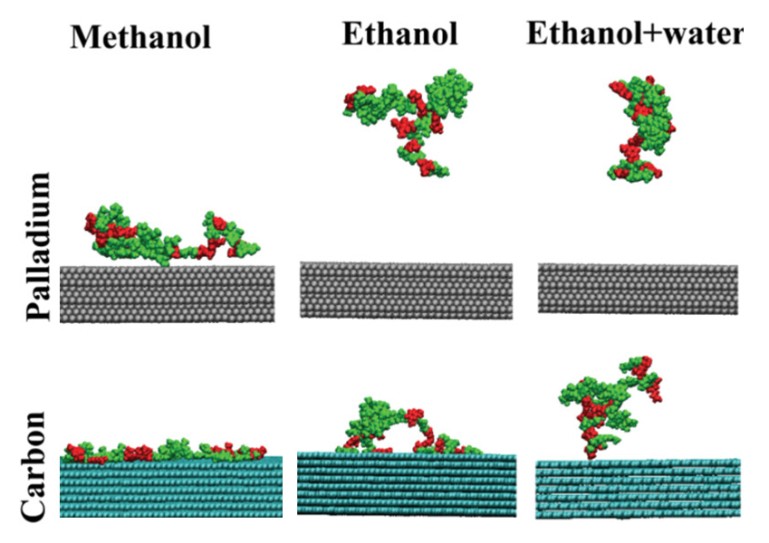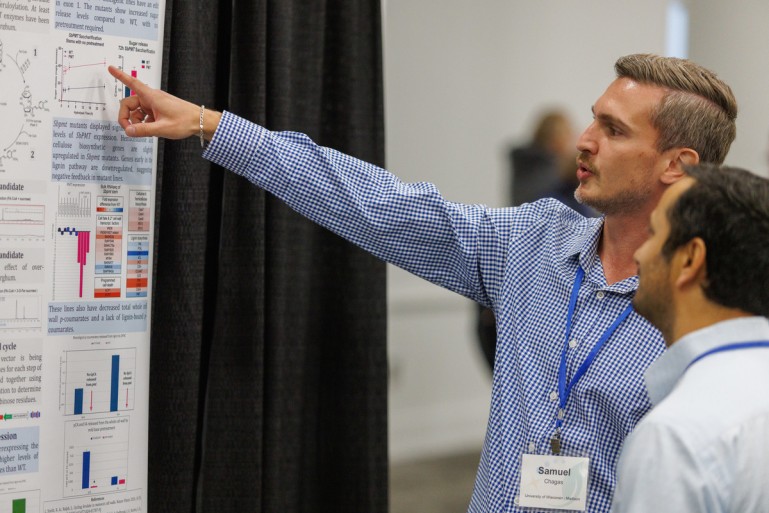Changing dietary patterns in the U.S. are leading to lower emissions of food-related climate-warming gases, shows a new research study. And half of the reduction can be attributed to eating less beef.
Gross is working behind the scenes to develop new frameworks and paradigms for control of renewables and grid-connected power electronics that will ensure and enhance grid stability as renewable energy increases its market share.
Researchers are uncovering the complex mechanisms by which human gut bacteria accomplish a variety of functions, from transforming compounds derived from food into nutrition for the host to producing molecules that impact human behavior and performance.
An analysis of the environmental impacts of producing corn ethanol reveals that carbon emissions from using land to grow corn can offset or even negate the potential climate advantages of corn ethanol relative to gasoline. The results add urgency to the work at GLBRC and other bioenergy research centers to develop next-generation biofuels from perennial, non-food crops, grown on land less suited for conventional agriculture.
Media coverage in January highlighted our Energy Expert's comments on the youth climate movement, WEI researchers in outreach, and the latest in sustainable dairy farming.



